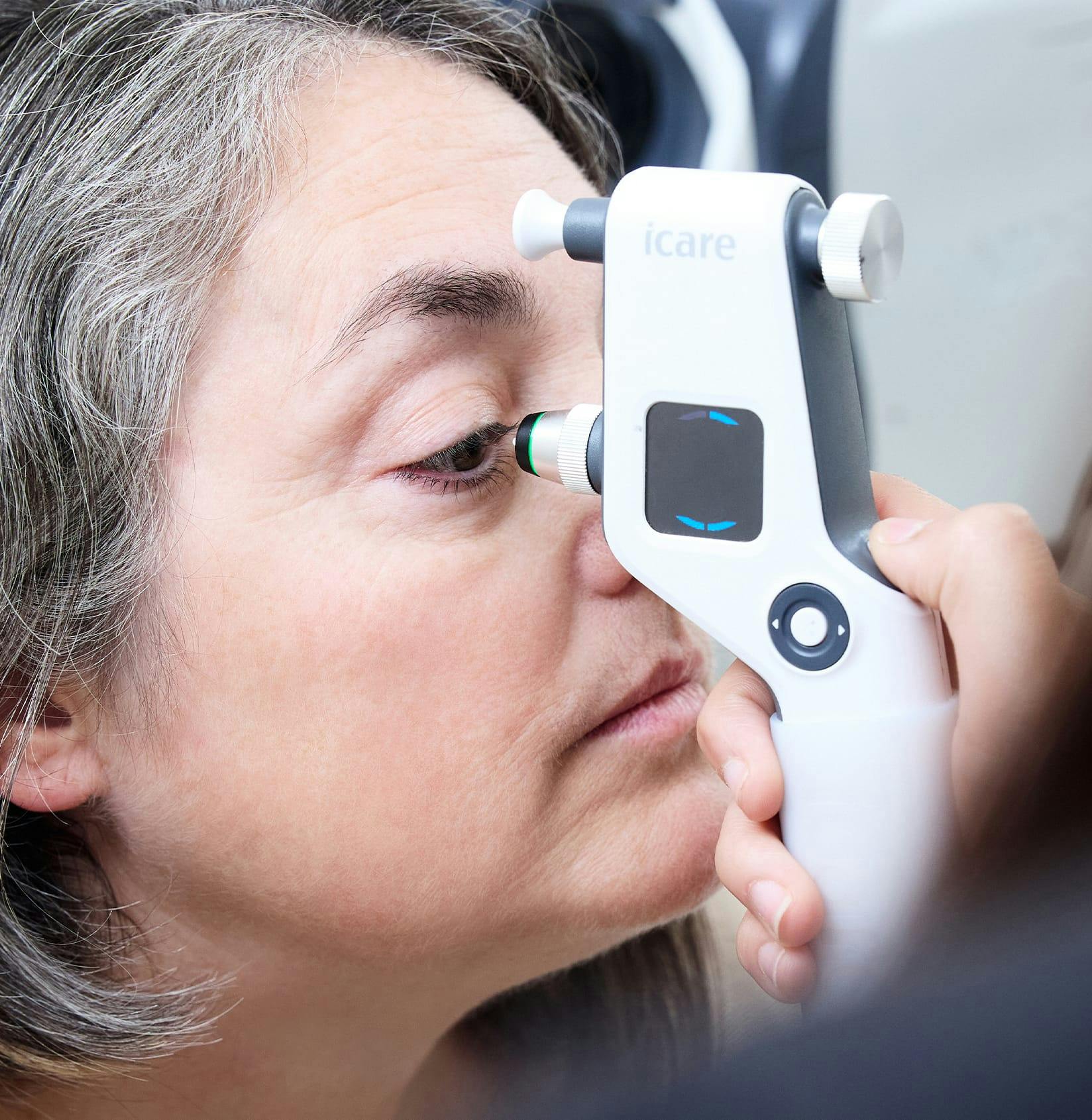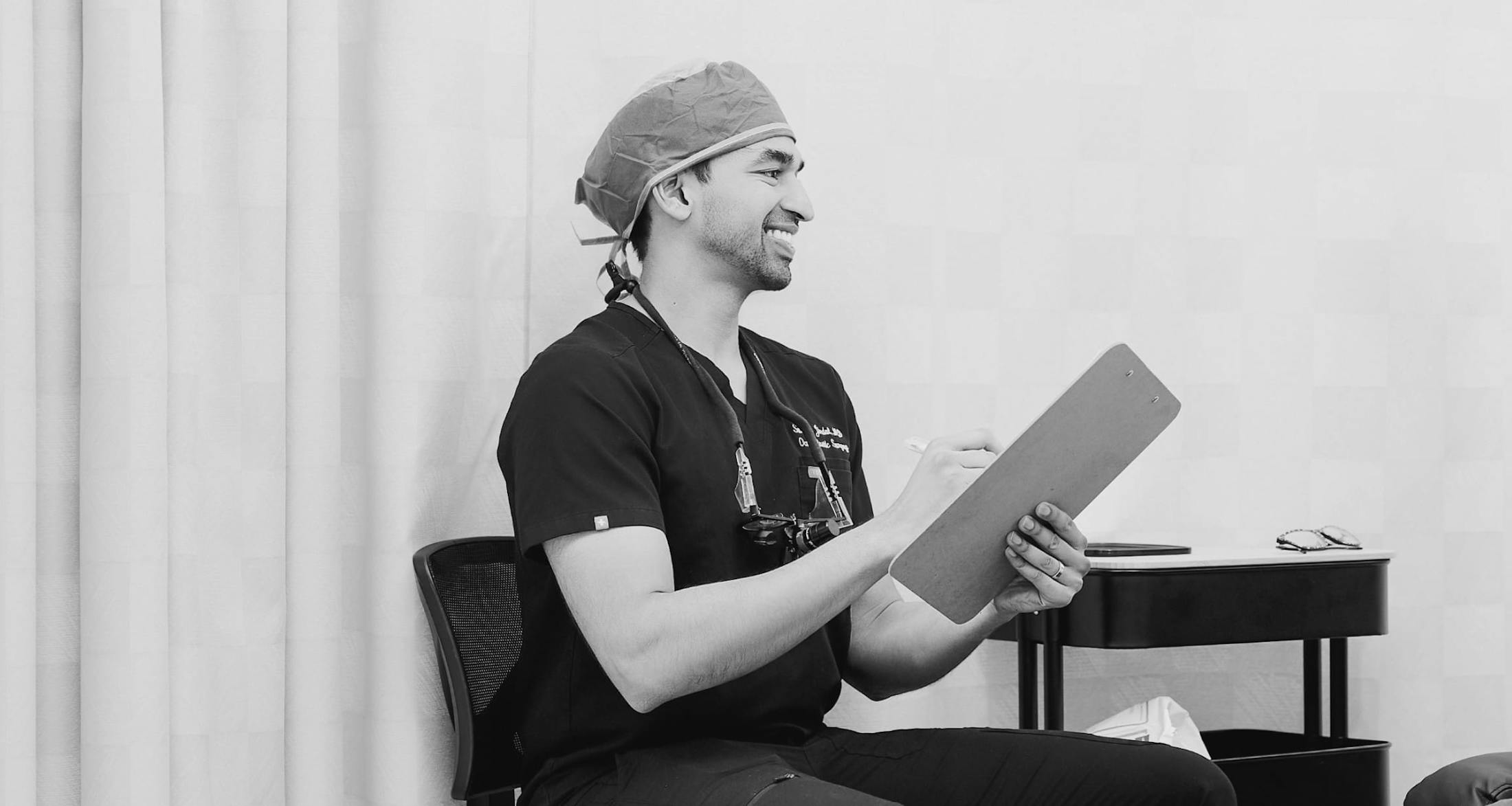There was a time when most diabetics became blind due to a disease called diabetic retinopathy. Today vision is retainable through treatments. Changes in the retina can occur quickly and it is important to have a routine eye exam to treat the retina as soon as possible for any damage before sight is affected.
Comprehensive Care for Diabetic Eye Diseases
Having diabetes also increases a person's risk of certain eye conditions like glaucoma and cataracts. Because eye problems in diabetics are so prevalent, New Century Ophthalmology gives diabetics throughout Raleigh, Oxford, and the surrounding region with a solution for diabetic eye diseases.








